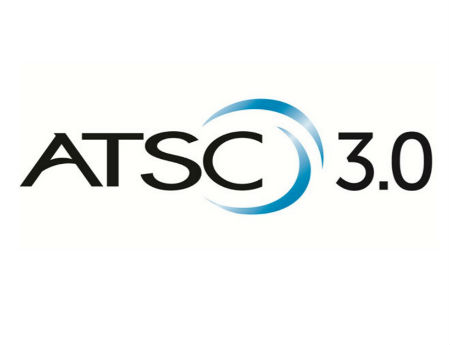Broadcasters, Big Tech Battle Over DTS
With broadcasters seeking greater flexibility to deploy Next Gen TV (ATSC 3.0), broadcasters and computer companies are squaring off over the issue of distributed transmission systems (DTS). And one powerful tech player argues it may be about broadcasters trying to create a national footprint for competitive broadband services.

Cable operators represented by NCTA-The Internet & Television Association (meaning all the large companies) generally don’t oppose expanding broadcasters’ DTS, and the Federal Communications Commission also seems generally amenable to the change. But there is definitely pushback from some major players — notably technology firms that want the spectrum for their own broadband buildouts.
While FCC commissioner Brendan Carr has been talking about broadcasting as the next broadband competitor (see sidebar), some big tech players are talking it down, at least where it runs into their plans to close the rural digital divide.
Taking a page from cellular buildouts, broadcasters want to be able to “densify” their broadcast networks with smaller transmitters distributed throughout their service areas. Tech firms argue that would be a “giveaway” that will take away from their ability to use broadcast “white spaces,” the unused spectrum between channels, for wireless broadband.
Stations Press FCC for Use
Back in March, the FCC voted to seek comment on amending its rules to allow DTS signals, which use multiple transmission sites in a market to boost a station’s signal, to extend beyond a station’s authorized service area by more than a minimal amount. The National Association of Broadcasters and America’s Public Television Stations petitioned the FCC for the change.
Broadcasters also want protections for DTS signals that spill over their maximum coverage areas. They argue that viewers will benefit from better coverage at the edges of their service areas and that the spillover beyond a station’s current service area is the unavoidable result of that public-interest benefit.
Multichannel Newsletter
The smarter way to stay on top of the multichannel video marketplace. Sign up below.
RELATED: Stations Launch ATSC 3.0 Broadcasts in Las Vegas
Stations want the FCC to weigh in soon, they said, because their plans for the new ATSC 3.0 broadcast standard will depend on whether they can densify through on-channel DTS systems.
That is as opposed to the FCC taking time “examining the hypothetical concerns” of secondary and unlicensed “white spaces” services, broadcasters said.
In that “hypothetical concerns” corner, though they see it quite differently, are computer companies and some broadband providers.
New America’s Open Technology Institute (OTI), whose funders include major tech companies, said the FCC’s regime for allowing use of the white spaces between channels already overprotects broadcasters by calculating “exclusion” zones far beyond the real-world interference potential, as well as by excluding use of the first channel adjacent to a broadcast channel for unlicensed devices.
Microsoft Weighs In
Microsoft filed individually to argue against the DTS expansion, saying it would threaten its Air Band rural broadband initiative.
In meetings with FCC staffers, Microsoft talked up the progress on that initiative, saying it has agreements with broadband partners in 25 states and Puerto Rico that would get broadband to more than 4 million people in rural areas, 3 million by 2022.
Microsoft told the FCC that broadcasters can try for individual waivers of the DTS rules if they want to. But the company has concerns that rather than just being an issue of getting better broadcasting to viewers on the edges, DTS would instead create a more seamless broadcast Internet coverage footprint into an adjacent community “without commission assignment of spectrum for that purpose, as is required.”
RELATED: FCC Provides Push to Internet Broadcasting
Given that some of those services might compete with mobile and fixed broadband operators, "it may raise some issues of fairness," Microsoft said.
If the FCC does allow “spillover” of DTS signals beyond a station’s maximum service area, OTI said, it should consider those signals unlicensed and no more entitled to interference protections than unlicensed signals.
The FCC will have to sort it out, applying its “highest, best use” spectrum equation as it balances the public’s interest in broadcasting remaining vital and relevant in an increasingly broadband world and its interest in getting rural broadband Microsoft is delivering within broadcast “white spaces.”
Contributing editor John Eggerton has been an editor and/or writer on media regulation, legislation and policy for over four decades, including covering the FCC, FTC, Congress, the major media trade associations, and the federal courts. In addition to Multichannel News and Broadcasting + Cable, his work has appeared in Radio World, TV Technology, TV Fax, This Week in Consumer Electronics, Variety and the Encyclopedia Britannica.

